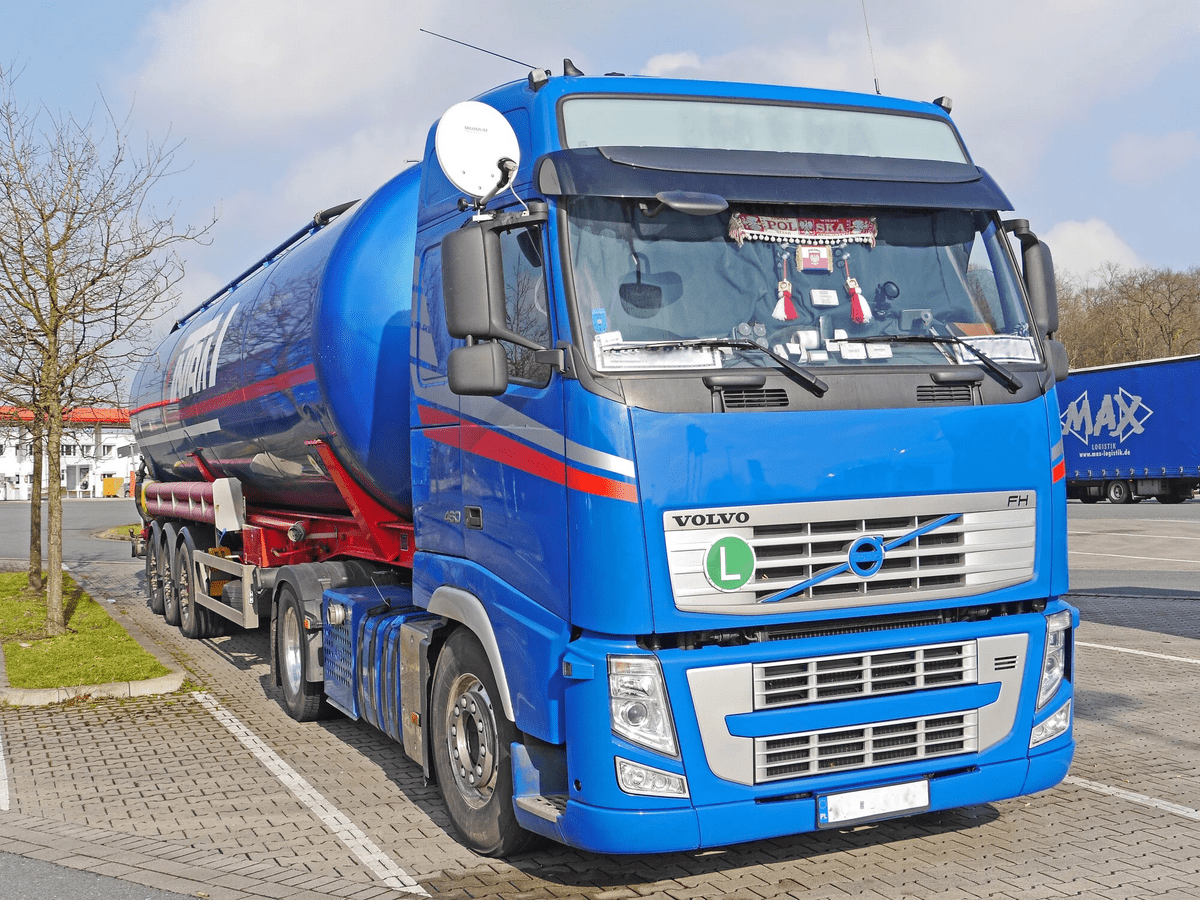
Chemical bulk transportation is a crucial aspect of many industries, including manufacturing, agriculture, and healthcare. However, transporting chemicals in large quantities comes with inherent risks that must be managed effectively to ensure the safety of both the environment and individuals involved in the process. In this article, we will discuss the importance of safety in chemical bulk transportation and provide you with some tips on how to ensure that the process is carried out responsibly.
Understanding the Risks
Transporting chemicals in bulk poses several risks due to the hazardous nature of these substances. Chemical spills, leaks, or accidents can result in environmental damage, harm to human health, and even fatalities. It is crucial to understand the potential risks associated with the specific chemicals being transported and take appropriate measures to mitigate these risks.
Regulatory Compliance
One of the most important aspects of ensuring safety in chemical bulk transportation is complying with relevant regulations and guidelines. Regulatory bodies, such as the Department of Transportation (DOT) and the Environmental Protection Agency (EPA), have strict regulations in place to govern the transportation of hazardous materials. It is essential to familiarize yourself with these regulations and ensure that your transportation practices are in compliance with them.
Training and Certification
Proper training and certification of personnel involved in chemical bulk transportation are essential to ensure safe handling practices. Drivers, loaders, and other personnel should receive training on the specific hazards associated with the chemicals being transported, as well as proper handling procedures in the event of an emergency. Certification programs, such as the Hazardous Materials Endorsement (HME) for commercial drivers, can help ensure that personnel have the necessary knowledge and skills to handle hazardous materials safely.
Vehicle Maintenance
Regular maintenance of vehicles used for chemical bulk transportation is crucial to prevent accidents and ensure the safe transportation of chemicals. Inspecting vehicles for leaks, proper ventilation, and other safety features before each trip is essential to minimize the risk of accidents during transportation. Routine maintenance schedules should be established to address any issues promptly and prevent potential safety hazards.
Emergency Response Planning
Despite taking all necessary precautions, accidents can still occur during chemical bulk transportation. Having a well-developed emergency response plan in place can help minimize the impact of accidents and ensure a swift and effective response to emergencies. Emergency response plans should include procedures for containing spills, notifying authorities, and protecting personnel and the environment from harm.
Communication and Collaboration
Effective communication and collaboration between all parties involved in chemical bulk transportation are essential to ensure the safe and efficient transportation of chemicals. Clear communication between drivers, loaders, dispatchers, and regulatory agencies can help prevent misunderstandings and ensure that all safety protocols are followed. Collaborating with other stakeholders, such as emergency responders and local authorities, can also help enhance safety measures and improve emergency response capabilities.
Security Measures
In addition to safety considerations, security measures are also essential to prevent theft, sabotage, or other malicious acts during chemical bulk transportation. Implementing security protocols, such as background checks for personnel, secure storage facilities, and surveillance systems, can help protect chemicals from unauthorized access and ensure their safe transportation.
Risk Assessment and Management
Conducting a thorough risk assessment of the entire chemical bulk transportation process can help identify potential hazards and develop strategies to manage these risks effectively. Assessing factors such as route planning, handling procedures, and emergency response capabilities can help minimize the likelihood of accidents and ensure the safe transportation of chemicals.
Conclusion
In conclusion, safety should be a top priority in chemical bulk transportation to prevent accidents, protect the environment, and ensure the well-being of personnel involved in the process. By understanding the risks, complying with regulations, providing proper training, maintaining vehicles, developing emergency response plans, and implementing security measures, you can help ensure that chemical bulk transportation is carried out safely and responsibly. Remember, safety is everyone's responsibility when it comes to transporting hazardous materials.